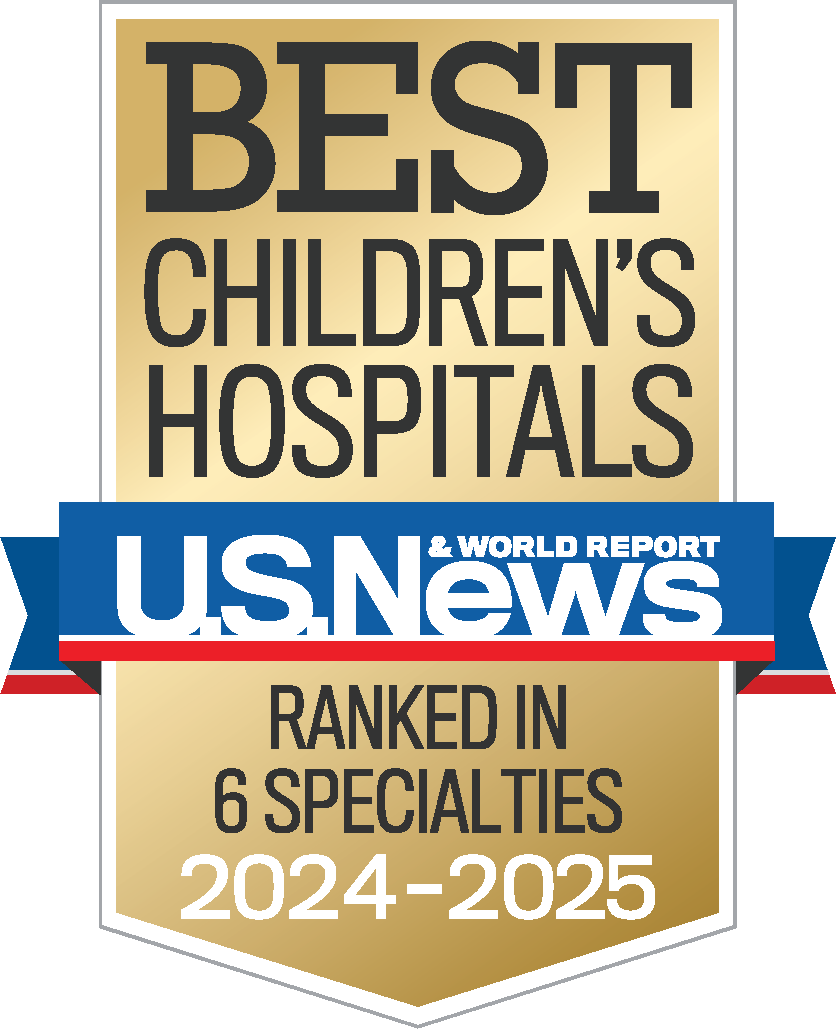Publications and Presentations
RECENT ARTICLES
Eradication of B. cepacia with intensive antibiotic therapy
CFNN (Cystic Fibrosis News Network), JANUARY 25, 2011
To subscribe visit: www.cfnewsnetwork.com
Report from the 24th Annual North American CF conference (NACF), Baltimore MD, October 21-23, 2010 - A small U.S. study reports that Burkholderia cepacia can be eradicated with an intensive regimen of multiple antibiotics (Merriss et al. NACF 2010; abstract 338).
Eight CF patients at first acquisition of B. cepacia were identified; the infecting species were B. cenocepacia, B. multivorans and B. gladioli. The eradication protocol consisted of two courses of IV antibiotics (an aminoglycoside + a beta lactam) and a concurrent inhaled antibiotic (tobramycin or colistin) for three weeks. After IV therapy, treatment continued with the inhaled antibiotic + an oral antibiotic (ciprofloxacin or trimethoprim/sulfamethoxazole); some patients also received chronic azithromycin.
With this regimen, 5 of 8 patients were successfully eradicated, defined as one year of negative cultures (min. four cultures). Patients in the eradicated versus non-eradicated group were younger at first acquisition (43.6 vs. 139.3 months). Eradication was associated with a reduction in the number of inpatient days in the year following successful treatment.
A separate in vitro study has investigated the potential benefits of combining temocillin and tobramycin against B. cepacia complex (BCC) and P. aeruginosa (Einarsson et al. NACF 2010; abstract 358). While neither drug alone was effective against BCC, the temocillin/tobramycin combination was synergistic for one P. aeruginosa and one BCC isolate, and additive for one BCC isolate. These preliminary results suggest that combined temocillin/tobramycin may be clinically useful against resistant P. aeruginosa and BCC co-infections.
Comment
Dr. Stuart Elborn: This study reports the outcome of 8 patients with a range of Burkholderia cepacia complex organisms treated with a combination of IV, oral and inhaled antibiotics. Successful eradication was achieved in 5 of 8 patients. It was not clear from the data if any of the organisms were more likely to be eradicated. For example, there is little evidence in the literature that B. cenocepacia can be eradicated whereas B. multivorans and B. gladioli may be more susceptible to this approach.
Socioeconomic status affects lung function, outcomes
CFNN (Cystic Fibrosis News Network), JANUARY 25, 2011
To subscribe visit: www.cfnewsnetwork.com
Report from the 24th Annual North American CF conference (NACF), Baltimore MD, October 21-23, 2010 - Two studies from the U.S. and U.K. report that lower socioeconomic status (SES) is associated with poorer lung function, notably during early childhood.
In the U.S., 50 adolescent CF patients and their caregivers were recruited from the multisite iCARE program. Demographic and income data were obtained with questionnaires; clinical data (FEV1, BMI) were taken from medical records (Eakin et al. NACF 2010; abstract 630).
Median income was $80,000. FEV1 was 77.8% predicted for income below the median, and 92.5% predicted if above. FEV1 was also lower according to mother's education (less than college, 80.8% predicted; college degree, 93.3% predicted) and father's education (79.7 vs. 92.5% predicted, respectively). Household income was the strongest predictor of FEV1 % predicted, according to multivariate analysis.
A separate retrospective study compared SES and lung function in CF children and adolescents in the U.K. CF registry database (n=3587) (Taylor-Robinson et al. NACF 2010; abstract 631).
The mean change in FEV1 was -1.55% predicted; mean FEV1 at age 5 was 93.1%. For the lowest SES quintile, the mean difference in population FEV1 was -4.71%. Thereafter, SES did not appear to have a significant effect on the rate of pulmonary function decline. Other risk factors for deteriorating lung function included female sex, P. aeruginosa or B. cepacia colonization, and CF-related diabetes.
Benefits unclear with RSV prophylaxis
CFNN (Cystic Fibrosis News Network), JANUARY 25, 2011
To subscribe visit: www.cfnewsnetwork.com
Report from the 24th Annual North American CF conference (NACF), Baltimore MD, October 21-23, 2010 - While CF patients are known to be at risk of upper respiratory tract infection, the effectiveness of palivizumab as prophylaxis against respiratory syncytial virus (RSV) is unclear, according to a systematic review of the literature (Saldanha et al. NACF 2010; abstract 313. Published as Robinson et al. Cochrane Database Syst Rev 2010; Feb 17;(2):CD007743).
Palivizumab is a monoclonal antibody that suppresses RSV activity in the respiratory tract. Two retrospective studies have suggested that RSV prophylaxis with palivizumab may reduce hospitalizations (Giebels et al. Pediatr Pulmonol 2008; 43: 169-174; Speer et al. Pediatr Infect Dis J 2008; 27: 559-561). However, no prospective study has been published.
The Cochrane reviewers identified one unpublished randomized controlled trial (n=186) comparing five monthly doses of palivizumab versus placebo in CF infants. One subject in each group was hospitalized for RSV infection at six months' follow-up. At 12 months, there were no significant differences in P. aeruginosa colonization or weight-to-height ratio. A comparable number of patients in each group experienced adverse effects.
With these limited data, the Cochrane reviewers were unable to come to any conclusions regarding the effectiveness or tolerability of palivizumab. Additional studies are needed.
OTHER LINKS
Effect of VX-770 in Persons with Cystic Fibrosis and the G551D-CFTR Mutation
Targeting the Basic Defect in Cystic Fibrosis





